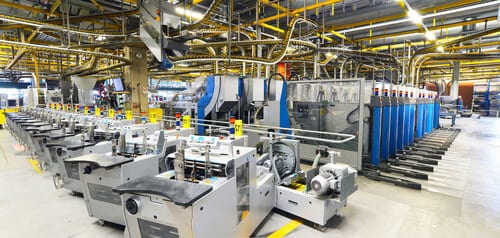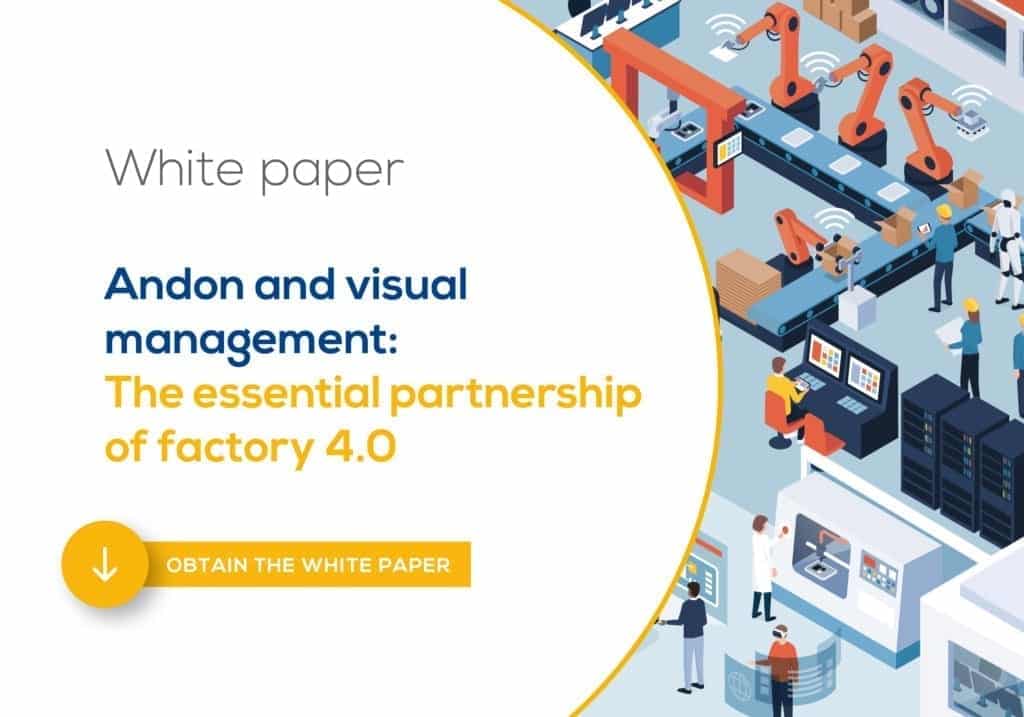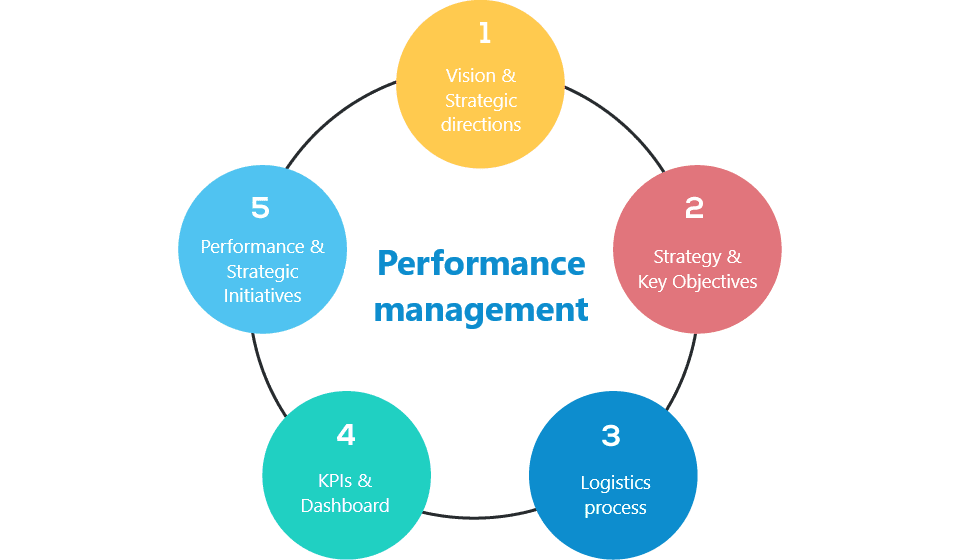The Andon logistics allows the operator or the machine to requisition resources (such as forklift operators, logistics preparers or even equipment and parts). A real aid to supply, this system allows reduce the risk of flow disruption. So why is it relevant to deploy it to your supply chain? What benefits will you get?
The operator alert: Need a forklift truck to supply inventory

- The standard (classical) system with physical buttons relating to an action,
- On-screen Andon which allows the operator to describe their requirement,
- A barcode reader allows the operator to scan the barcode of the item needed.
In any case, each request is categorised to prioritise (immediate) intervention.
At Toyota, 60 boxes with between four and eight buttons were deployed to trigger alerts and allow the company to work in just in time. Operators hold inventory at their workstation. When the level (of inventory) drops below a preset limit, an automatic alert is sent to be restocked. A light flashes, and a job is sent to forklift drivers. Requests are dispatched to one of six forklift drivers each of whom has a terminal on which the tasks appear. When the request has been acknowledged, the operator is alerted: The operator then knows that they do not have to repeat their request. Each operation is timed, therefore giving an overview of urgency which may trigger other alerts and actions to avoid interrupting production flow. This system allows resources to be more flexible, to optimise working processes and to manage any issues that may occur.
And statistical analysis may be carried out to identify problems, check that indicators are coherent and for exceptional peaks of activity which may impact driver workload. This also allows Toyota to simulate workload and to allocate resources when the vehicle model produced or the workshop layout changes.
Calls related to production throughput : Preparation and delivery of kits

Triggering the Andon system using the advance/delay throughput (indicator) lines can be supplied in real time , thus avoiding stockouts or bottlenecks. Productivity and performance are improved significantly.
Deploying the Andon system in logistics areas contributes to securing the supply chain. Team leaders and operators have available the information to modulate resources based on requirements and real-time activity. Coupled with a digital visual management system, Andon can provide significant advantage for your logistics operation.



